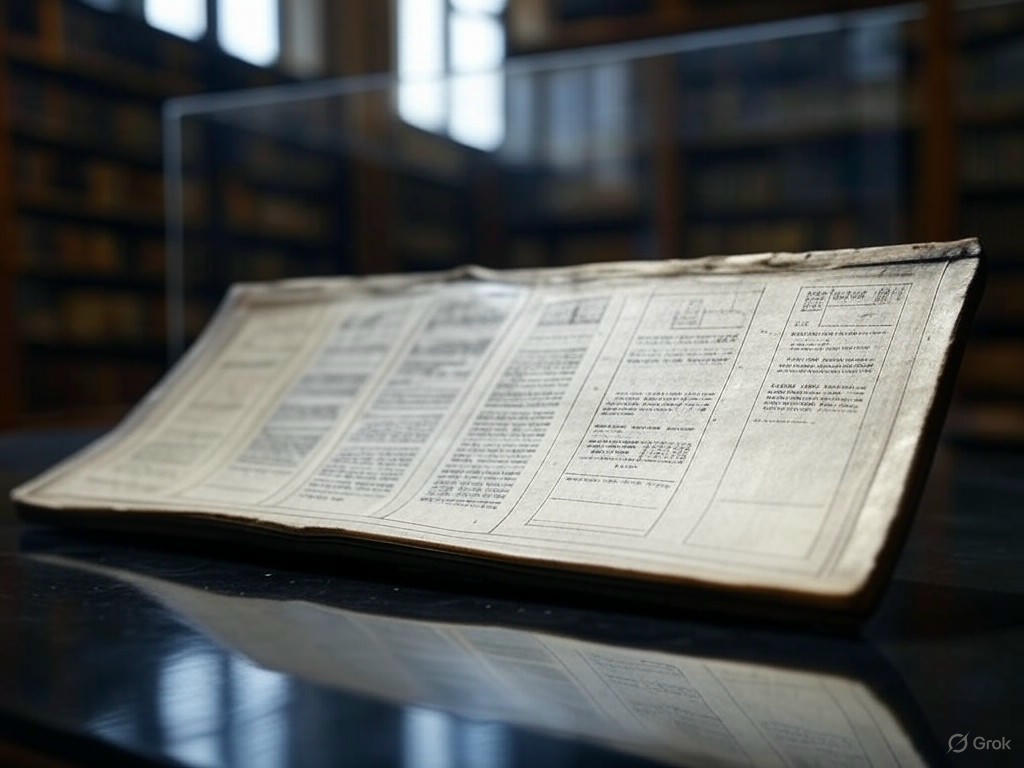Ancient Leprosy in the Americas: A Pre-Colonial Mystery Unveiled
For centuries, the narrative of leprosy’s spread across the Americas pointed to European colonizers as the culprits, introducing the debilitating disease during their conquests. However, a groundbreaking study has shattered this long-held belief, revealing that leprosy was present in the Americas thousands of years before any European ship touched its shores. This discovery not only rewrites history but also highlights the complex journey of infectious diseases through ancient human populations.
The research, conducted by a team of international scientists, uncovered evidence of leprosy in skeletal remains dating back millennia, long before the arrival of Columbus and his contemporaries. These ancient bones, unearthed from archaeological sites across the Americas, bore telltale signs of the disease—deformities and lesions consistent with the chronic bacterial infection. What makes this finding even more astonishing is the identification of a previously unknown species of bacteria responsible for spreading the illness. This microbial variant, distinct from the strains later brought by Europeans, suggests that leprosy had a far more intricate and ancient presence in the region than anyone had imagined.
This revelation challenges the assumption that leprosy was solely a byproduct of colonial expansion. Instead, it points to the possibility of early human migrations or interactions as potential pathways for the disease’s spread. Some researchers speculate that the bacteria could have traveled with ancient peoples crossing land bridges or navigating coastal routes, embedding itself in communities long before recorded history. The unique bacterial strain also raises questions about how it evolved in isolation, adapting to the environments and populations of the pre-Columbian Americas. This could mean that indigenous populations had developed their own ways of coping with or understanding the disease, perhaps through herbal remedies or social practices that limited its spread, though much of this knowledge may have been lost to time.
Beyond reshaping our understanding of leprosy’s history, the study opens new doors for medical and anthropological research. By analyzing the ancient bacterial DNA, scientists hope to uncover clues about how pathogens evolve over centuries and why some populations might have been more susceptible than others. This could inform modern approaches to combating infectious diseases, particularly those that persist in marginalized communities today. Additionally, the findings serve as a reminder of the resilience and complexity of ancient societies, which faced health challenges with ingenuity and adaptation long before the influence of outside forces.
As we continue to unearth the secrets of the past, this discovery stands as a testament to the enduring mysteries hidden in human history. Leprosy, once thought to be a grim gift of colonization, now emerges as a silent companion of the Americas’ earliest inhabitants. It compels us to look deeper into the stories of those who came before, piecing together a narrative that is as much about survival as it is about disease. The ancient bacteria, preserved in bone and time, whispers of a world we are only beginning to understand.


